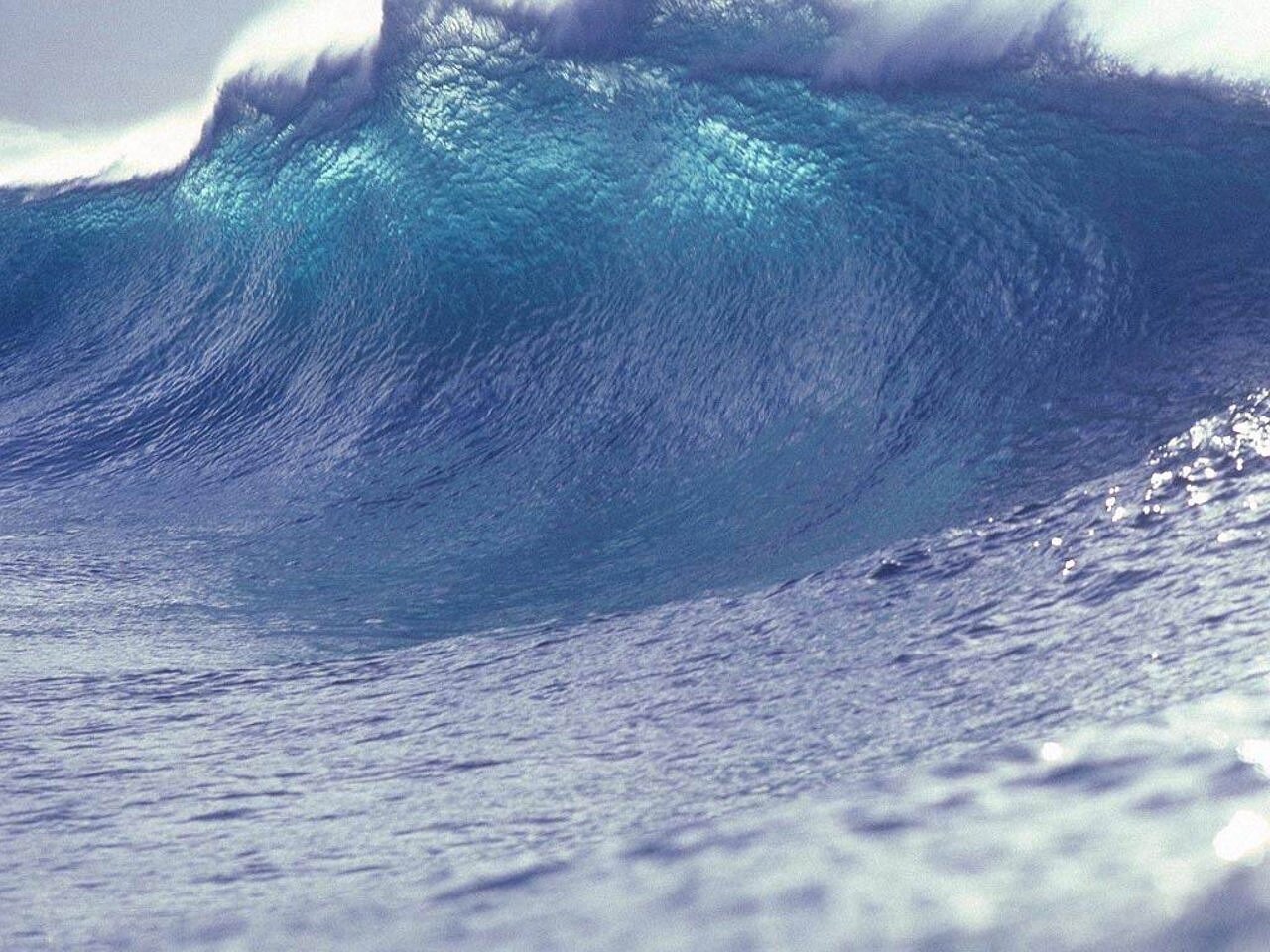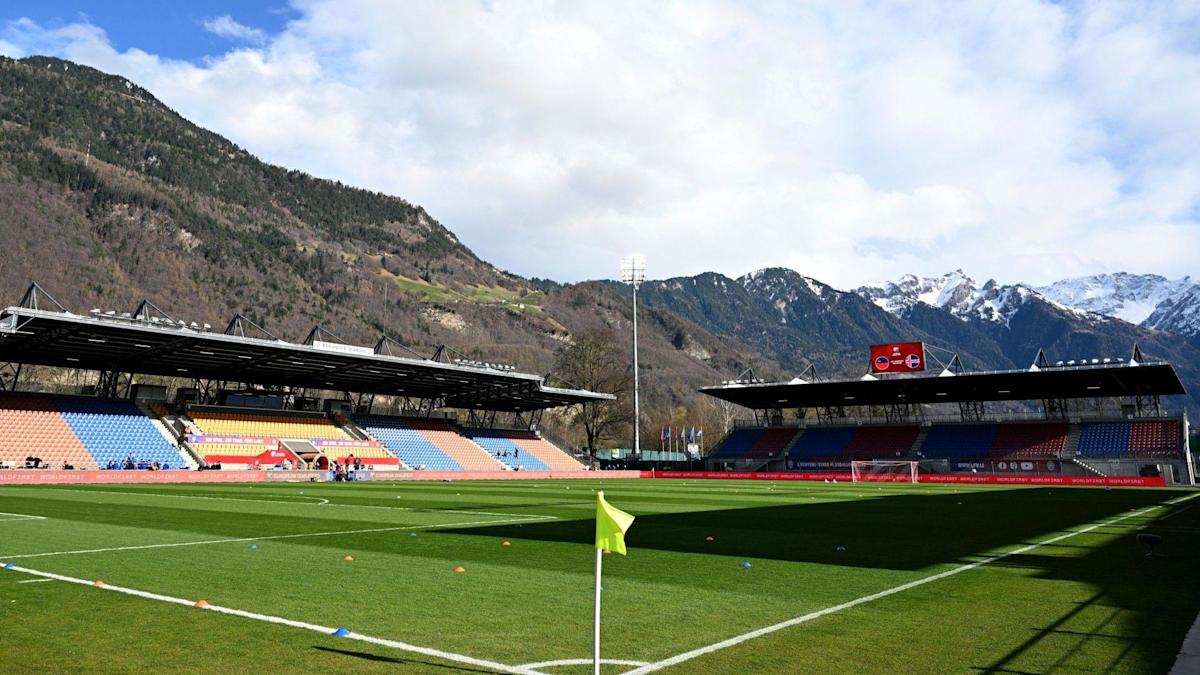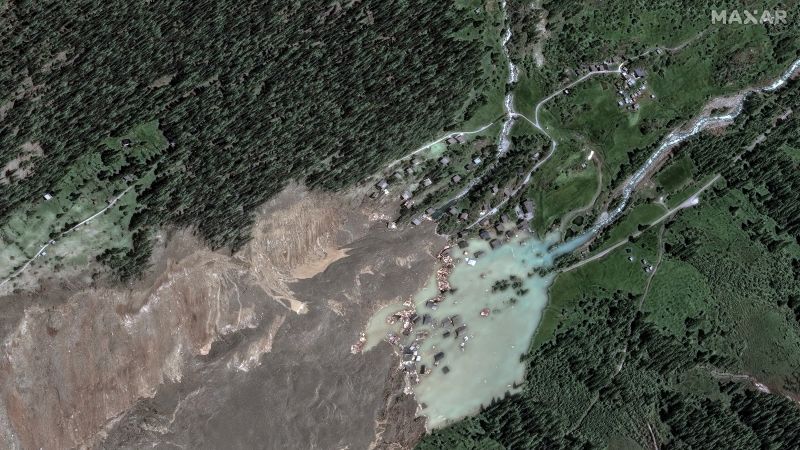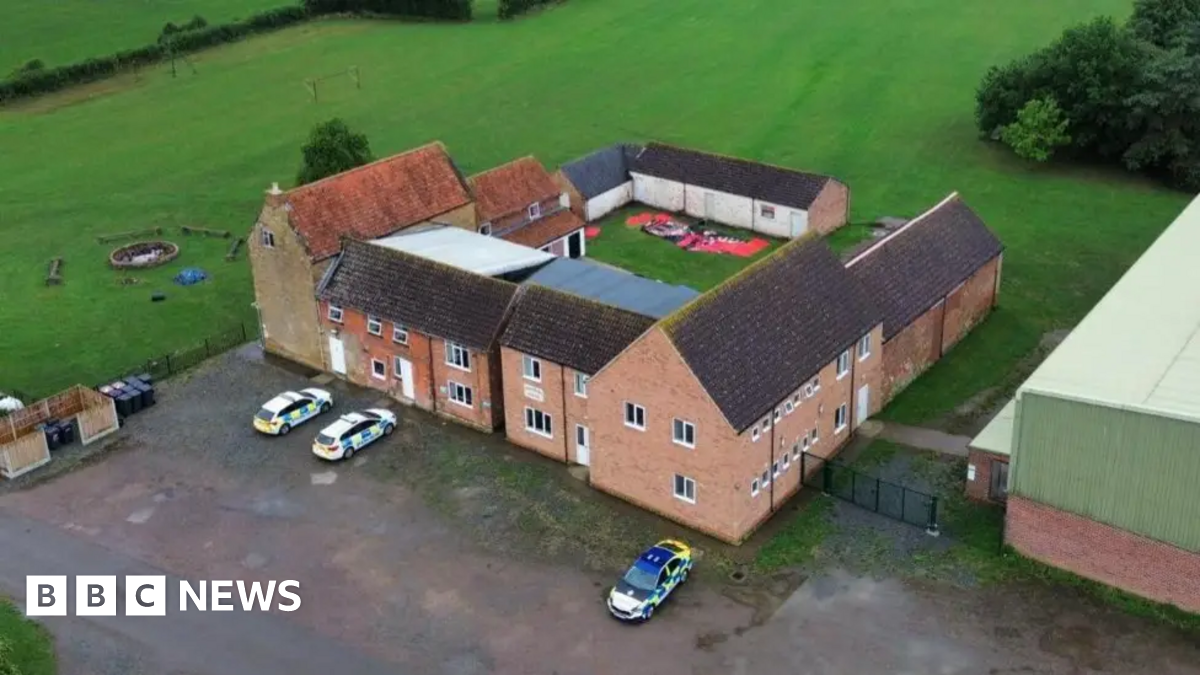California Tsunami Vulnerability: Which Communities Face The Greatest Danger?

Welcome to your ultimate source for breaking news, trending updates, and in-depth stories from around the world. Whether it's politics, technology, entertainment, sports, or lifestyle, we bring you real-time updates that keep you informed and ahead of the curve.
Our team works tirelessly to ensure you never miss a moment. From the latest developments in global events to the most talked-about topics on social media, our news platform is designed to deliver accurate and timely information, all in one place.
Stay in the know and join thousands of readers who trust us for reliable, up-to-date content. Explore our expertly curated articles and dive deeper into the stories that matter to you. Visit Best Website now and be part of the conversation. Don't miss out on the headlines that shape our world!
Table of Contents
California Tsunami Vulnerability: Which Communities Face the Greatest Danger?
California's stunning coastline, while breathtakingly beautiful, harbors a significant hidden threat: tsunamis. While not as frequently hit as some Pacific Rim nations, the Golden State is vulnerable to these devastating natural disasters, and understanding which communities are most at risk is crucial for preparedness and mitigation efforts. This article delves into the specific areas facing the greatest tsunami danger in California and outlines the steps being taken to protect residents.
Understanding California's Tsunami Risk
The Pacific Ocean's vastness and the presence of major fault lines like the Cascadia Subduction Zone create a real and present danger of tsunamis impacting California. These powerful waves aren't solely generated by distant earthquakes; a major earthquake along the Cascadia Subduction Zone, capable of triggering a megathrust earthquake, poses the most significant threat. Such an event could generate a tsunami with devastating consequences for coastal communities. However, even smaller, closer earthquakes can still generate locally-sourced tsunamis, causing significant damage to nearby areas.
Communities at Highest Risk:
Several factors contribute to a community's tsunami vulnerability, including proximity to the coast, coastal topography, and the potential for wave amplification. Based on these factors, several California coastal communities face heightened risk:
-
Northern California: Areas along the northern California coast, particularly those close to the Cascadia Subduction Zone, are most susceptible to large, distant-source tsunamis. Communities like Crescent City, Eureka, and Mendocino are considered high-risk zones due to their geographic location and potential for significant wave run-up.
-
Southern California: While the risk is lower in Southern California compared to the north, communities are still vulnerable to locally generated tsunamis triggered by nearby earthquakes. Areas with low-lying coastal plains and harbors, like those found in Los Angeles and San Diego counties, could experience significant flooding and damage. Specific vulnerable areas include Long Beach, Santa Monica, and parts of San Diego Bay.
-
The Big Sur Coast: This dramatic coastline, with its rugged cliffs and narrow beaches, presents unique challenges. While the cliffs offer some protection, localized tsunami impacts could still be significant, particularly in areas with potential for wave amplification in bays and inlets.
Mitigation and Preparedness:
California is actively working to mitigate tsunami risks through various strategies:
-
Early Warning Systems: The National Tsunami Warning Center (NTWC) plays a crucial role in providing timely warnings. Improved communication networks and advanced detection technologies are continually being implemented to enhance warning dissemination. [Link to NTWC website]
-
Evacuation Planning: Many coastal communities have developed comprehensive evacuation plans, including designated evacuation routes and assembly points. Regular tsunami drills and public awareness campaigns are critical components of these plans.
-
Building Codes: Updated building codes incorporate tsunami-resistant design features, helping to ensure that new constructions can withstand the forces of a tsunami. Retrofitting older structures is also being encouraged in high-risk areas.
-
Land Use Planning: Smart land use planning, including restricting development in highly vulnerable areas, plays a significant role in minimizing future losses.
Taking Personal Responsibility:
Understanding your community's tsunami risk is the first step towards preparedness. Familiarize yourself with local evacuation plans, develop a family emergency plan, and consider participating in community preparedness exercises. For detailed information specific to your location, consult your local emergency management agency or visit the California Governor's Office of Emergency Services (Cal OES) website. [Link to Cal OES website]
Conclusion:
California’s tsunami risk is a serious concern, particularly for coastal communities. By understanding the areas most at risk and participating in proactive mitigation efforts, we can significantly reduce the potential damage and loss of life from future tsunami events. Staying informed and prepared is crucial for protecting lives and preserving California's valuable coastal resources.

Thank you for visiting our website, your trusted source for the latest updates and in-depth coverage on California Tsunami Vulnerability: Which Communities Face The Greatest Danger?. We're committed to keeping you informed with timely and accurate information to meet your curiosity and needs.
If you have any questions, suggestions, or feedback, we'd love to hear from you. Your insights are valuable to us and help us improve to serve you better. Feel free to reach out through our contact page.
Don't forget to bookmark our website and check back regularly for the latest headlines and trending topics. See you next time, and thank you for being part of our growing community!
Featured Posts
-
 Sunshine In Vaduz A Bright Spot For Travelers From Scotland
Jun 09, 2025
Sunshine In Vaduz A Bright Spot For Travelers From Scotland
Jun 09, 2025 -
 Louisville Vs Miami Game 3 Super Regional Live Blog Scores And Highlights
Jun 09, 2025
Louisville Vs Miami Game 3 Super Regional Live Blog Scores And Highlights
Jun 09, 2025 -
 Liechtenstein Vs Scotland International Friendly Preview Stats And Head To Head
Jun 09, 2025
Liechtenstein Vs Scotland International Friendly Preview Stats And Head To Head
Jun 09, 2025 -
 Increased Mountain Deaths A Growing Global Concern
Jun 09, 2025
Increased Mountain Deaths A Growing Global Concern
Jun 09, 2025 -
 No Friends In Council Reform Uks Coalition Building Difficulties
Jun 09, 2025
No Friends In Council Reform Uks Coalition Building Difficulties
Jun 09, 2025
Latest Posts
-
 Health Scare At Stathern Lodge Criminal Charges Laid After Children Fall Ill At Summer Camp
Aug 03, 2025
Health Scare At Stathern Lodge Criminal Charges Laid After Children Fall Ill At Summer Camp
Aug 03, 2025 -
 Vatican Pizza Delivery An American Story Cnn News
Aug 03, 2025
Vatican Pizza Delivery An American Story Cnn News
Aug 03, 2025 -
 Trump Orders Nuclear Submarine Repositioning After Provocative Russian Remarks
Aug 03, 2025
Trump Orders Nuclear Submarine Repositioning After Provocative Russian Remarks
Aug 03, 2025 -
 Gaza Office Attack Palestinian Red Crescent Confirms Member Death
Aug 03, 2025
Gaza Office Attack Palestinian Red Crescent Confirms Member Death
Aug 03, 2025 -
 Las Vegas Raiders Mock Game Top Performers From Training Camp Day 8 2
Aug 03, 2025
Las Vegas Raiders Mock Game Top Performers From Training Camp Day 8 2
Aug 03, 2025
